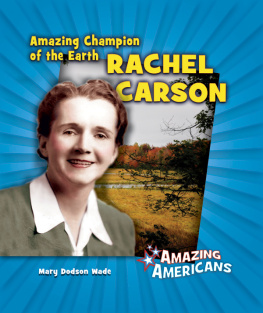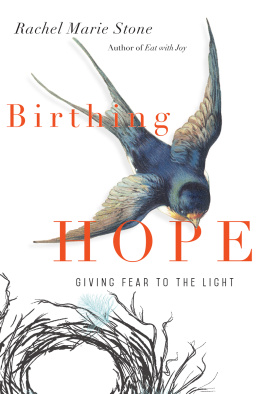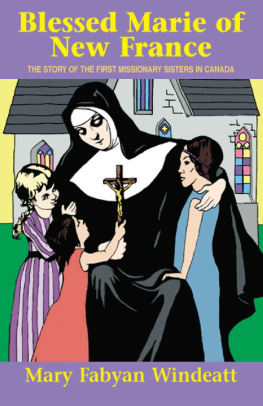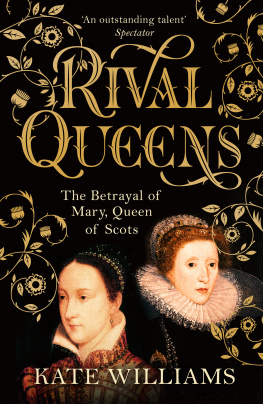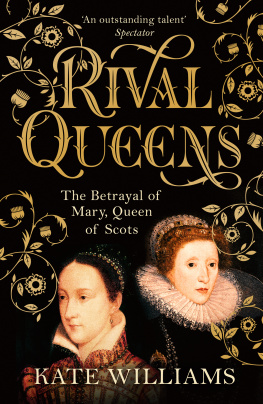Rachel Marie-Crane Williams - Elegy for Mary Turner
Here you can read online Rachel Marie-Crane Williams - Elegy for Mary Turner full text of the book (entire story) in english for free. Download pdf and epub, get meaning, cover and reviews about this ebook. publisher: Verso, genre: Politics. Description of the work, (preface) as well as reviews are available. Best literature library LitArk.com created for fans of good reading and offers a wide selection of genres:
Romance novel
Science fiction
Adventure
Detective
Science
History
Home and family
Prose
Art
Politics
Computer
Non-fiction
Religion
Business
Children
Humor
Choose a favorite category and find really read worthwhile books. Enjoy immersion in the world of imagination, feel the emotions of the characters or learn something new for yourself, make an fascinating discovery.

- Book:Elegy for Mary Turner
- Author:
- Publisher:Verso
- Genre:
- Rating:3 / 5
- Favourites:Add to favourites
- Your mark:
- 60
- 1
- 2
- 3
- 4
- 5
Elegy for Mary Turner: summary, description and annotation
We offer to read an annotation, description, summary or preface (depends on what the author of the book "Elegy for Mary Turner" wrote himself). If you haven't found the necessary information about the book — write in the comments, we will try to find it.
Elegy for Mary Turner — read online for free the complete book (whole text) full work
Below is the text of the book, divided by pages. System saving the place of the last page read, allows you to conveniently read the book "Elegy for Mary Turner" online for free, without having to search again every time where you left off. Put a bookmark, and you can go to the page where you finished reading at any time.
Font size:
Interval:
Bookmark:
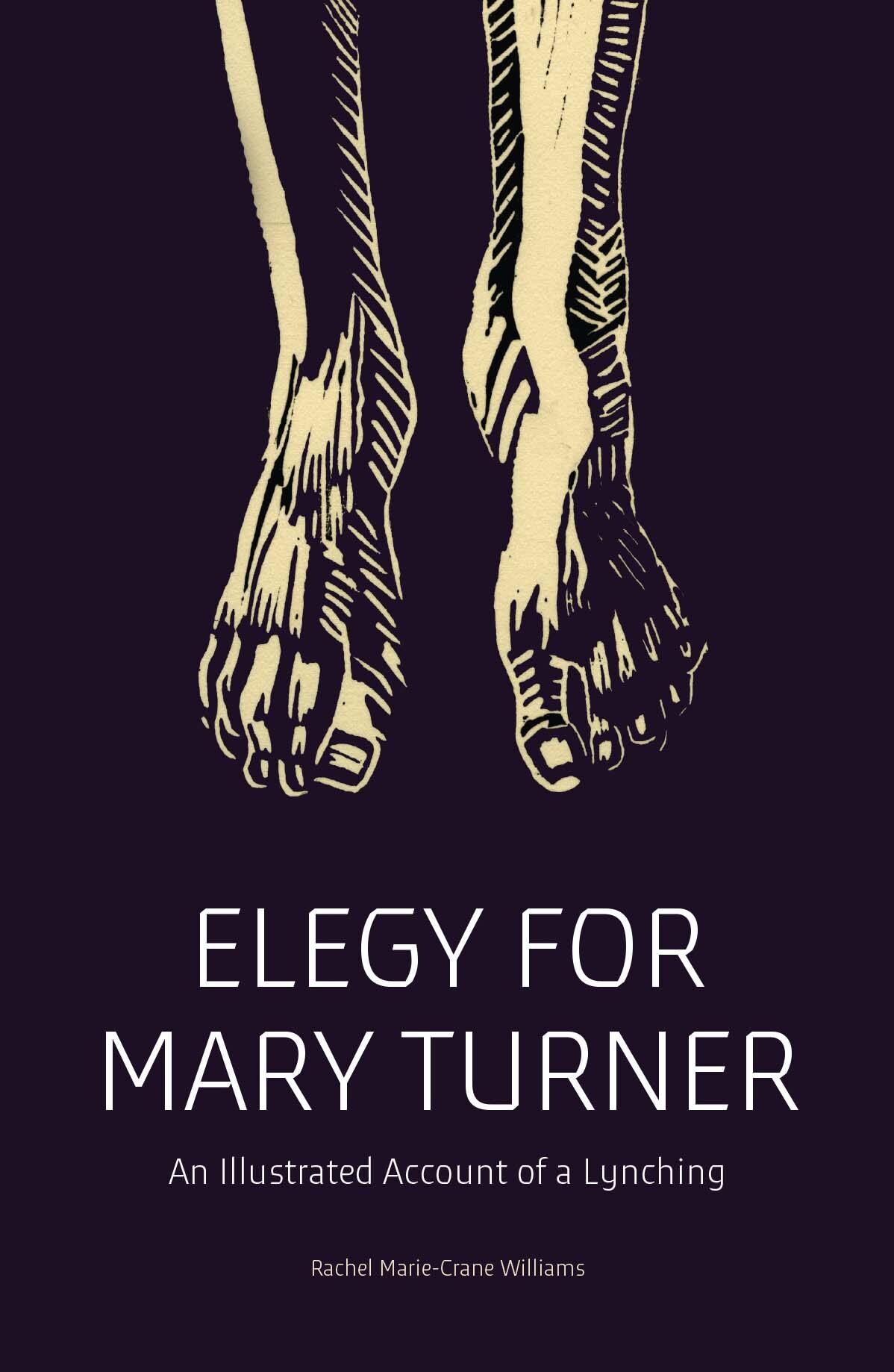
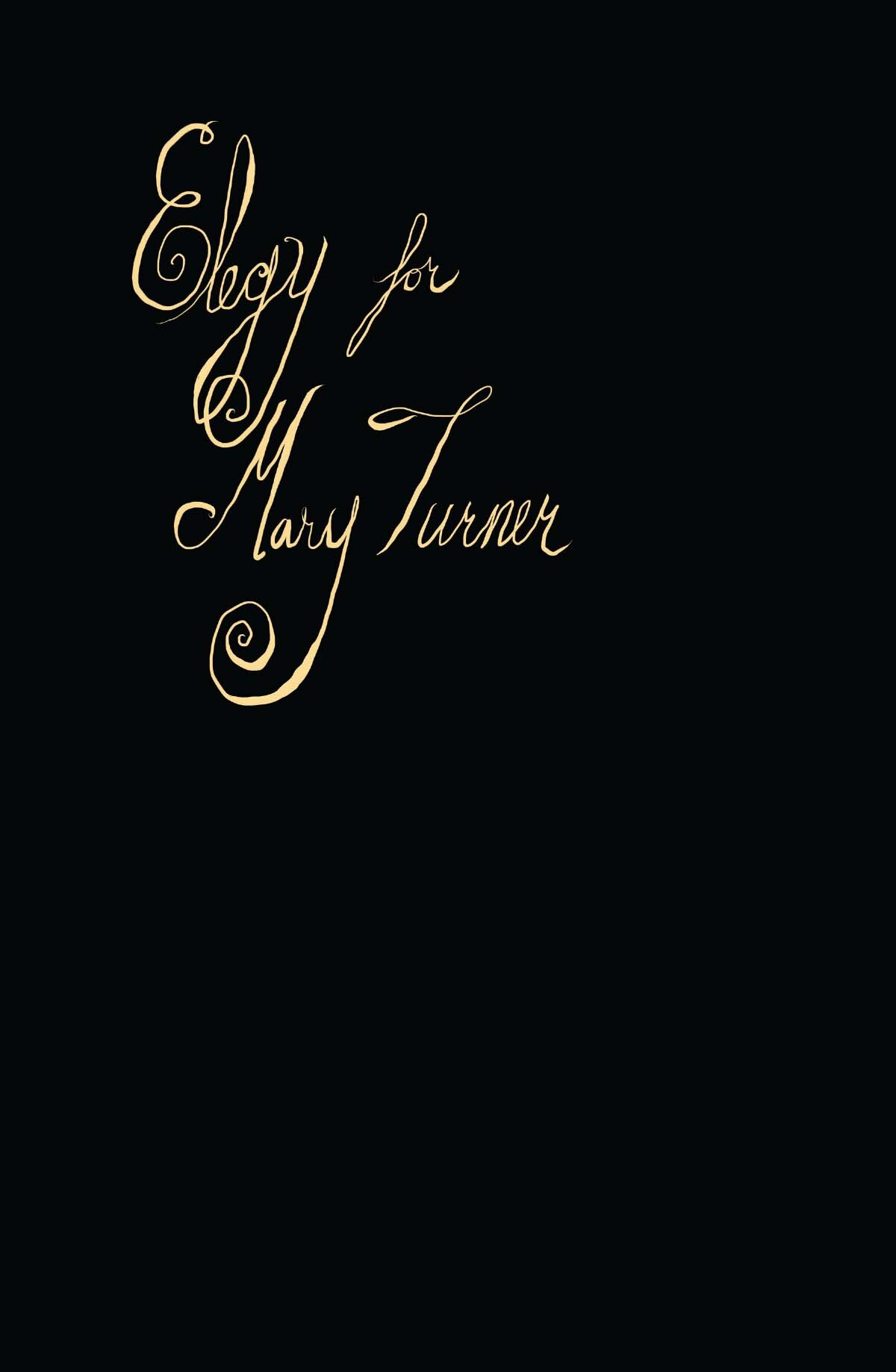

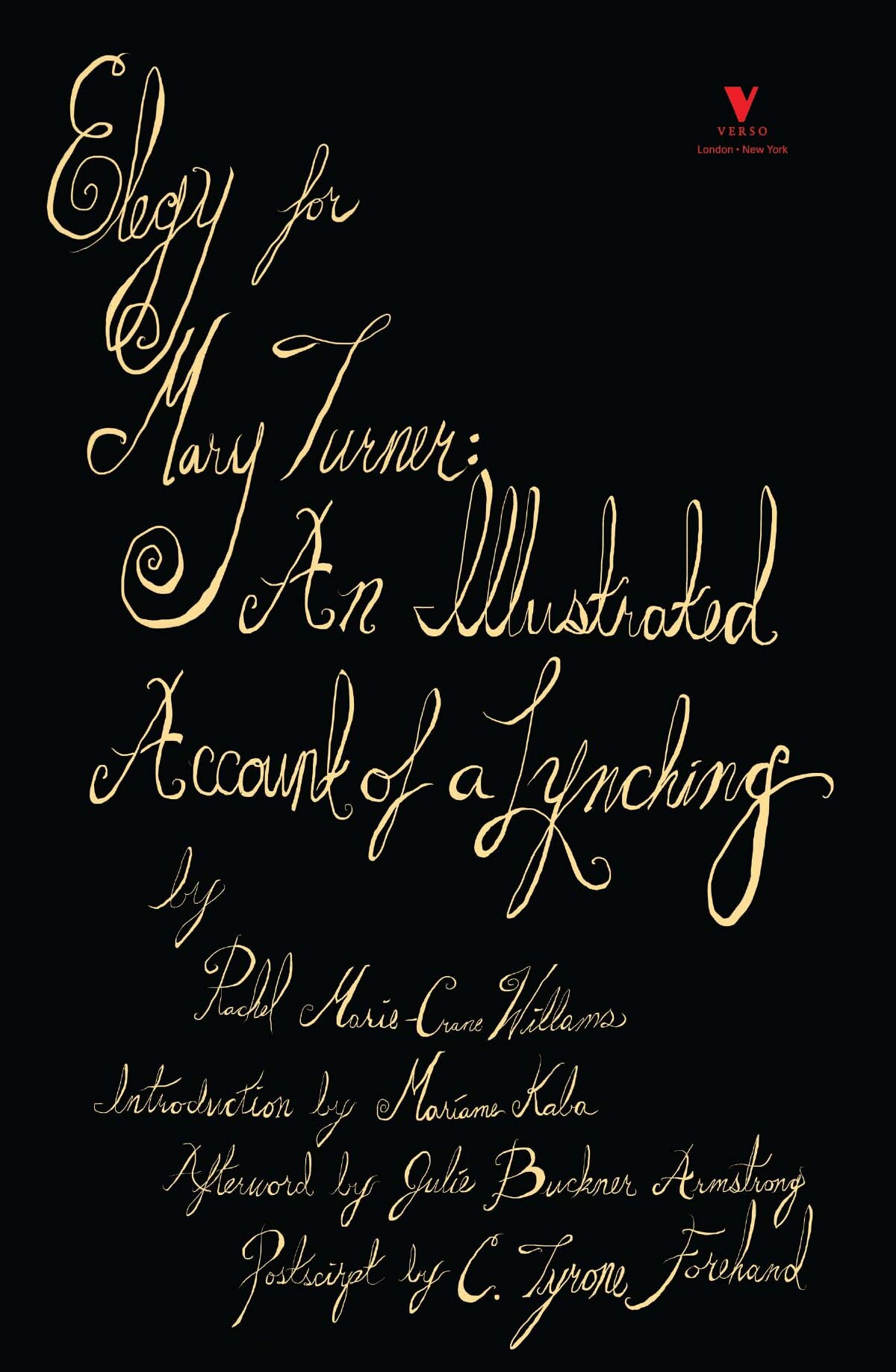
All royalties from this book will go to the National Center for
Civil and Human Rights in Atlanta, Georgia
First published by Verso 2021
Rachel Marie-Crane Williams 2021
Introduction Mariame Kaba 2021
Afterword Julie Buckner Armstrong 2021
Postscript C. Tyrone Forehand
All rights reserved
The moral rights of the authors and artist have been asserted
1 3 5 7 9 10 8 6 4 2
Verso
UK : 6 Meard Street, London W1F 0EG
US : 20 Jay Street, Suite 1010, Brooklyn, NY 11201
versobooks.com
Verso is the imprint of New Left Books
ISBN -13: 978-1-78873-904-7
ISBN -13: 978-1-78873-907-8 ( US EBK )
ISBN -13: 978-1-78873-906-1 ( UK EBK )
British Library Cataloguing in Publication Data
A catalogue record for this book is available from the British Library
Library of Congress Cataloging-in-Publication Data
A catalog record for this book is available from the Library of Congress
Typeset in Fournier by Biblichor Ltd, Edinburgh
Printed and bound by CPI Group (UK) Ltd, Croydon CR0 4YY
CONTENTS
Introduction:
Say Her Name 1918, 1949, 2021
Mary Turner and the Wife of the Victim
by Mariame Kaba
Elegy for Mary Turner:
An Illustrated Account of a Lynching
by Julie Buckner Armstrong
by C. Tyrone Forehand
(great-grandnephew of Hayes and Mary Turner)
A special thanks to Rylie and Jack Kelley, who allowed me to skip suppers and take over our dining room for almost two years making prints. A huge and mushy thank you to Don Ward, my partner. I also want to thank Charles and Sharon Williams for helping me finish this project by allowing me to work at Dauntless Wood. To Mariame Kaba, an ongoing light and muse, Julie Buckner Armstrong for cheering me on and encouraging me to look and look again. I want to thank Julie Bowland, Deborah Davis, Teresa Mangum, Steve McGuire, Leslie Schwalm, Laura Kastens, Valdosta State University, the Englert Theater, and the Obermann Center for Advanced Studies and the University of Iowa for their generosity and care. I want to thank Audrey Grant, Mark Patrick George, the Mary Turner Project, and Mr. Charles Tyrone Forehand for telling me wonderful stories and being a ray of sunshine at the end of a long journey, Jessie Kindig, who took a chance and who has been so helpful in making this book better and better, finally, Mark Martin (not the race car driver) and the staff of Verso Books. I also want to thank the Library of Congress, the National Museum of Women in the Arts, and the amazing librarians and archivists who helped me along the way.
Text Sources
My account of events is based primarily on Walter Whites article, The Work of a Mob, in Crisis Vol. 16 (September 1918).
Newspaper clippings are from the archives held at the Library of Congress: Atlanta Constitution , May 18, 1918 and May 24, 1918; Atlanta Journal , May 24, 1918.
The telegrams, letter from Governor Hugh Dorsey, and clipping from the New York Tribune are from images taken in the Library of Congress Archives, NAACP collection, Box II L7, Box I C336, Box I C337, Group Series I, Series C, Box 353, Part I C:428, and Part I C:432.
The farmers almanac is from the 1918 Illustrated Barkers Almanac printed by the Barker, Moore & Mein Medicine Co. in Philadelphia, Pennsylvania.
The postcards are from Valdosta, Georgia, and were printed by an unknown company before 1918. The photos, baby shoes, and letters are from sellers on Ebay. The wood-grain paper is Nepalese Lokta gold and cream woodgrain from Dick Blick.
Rachel Marie-Crane Williams, 2020
by Mariame Kaba
Untangle the spitting men from the mob
Unsay the word nigger
Release the firers finger from its trigger
Return the revolver to its quiet holster
Return the man to his home
Unwidow his wife
Reverse: A Lynching, Ansel Elkins
In doing some research about the history of lynching in the United States a few years ago, I came across a haunting photograph.
I found it in a book about an exhibit by Marion Palfi. Palfi called herself a social research photographer and documented poverty and oppression in America through her work. The photograph was titled Irwington, 1949, Wife of the Victim. I was curious about the provenance of the photograph so I did some digging. The caption that accompanied it quotes the wife as saying: Caleb was a good man he believed in his rights and therefore died. But who was Caleb?
Caleb Hill Jr. was a twenty-eight-year-old Black chalk-miner living in a rural town called Irwinton, Georgia. He was a family man who cared for a wife, three children, mother, father, and two sisters. By all accounts, Caleb Hill was a hard worker and had a stubborn streak. He refused to back down from confrontation.
On the morning of March 30, 1949, Hill, who had been jailed the night before after an altercation, was kidnapped from his cell and later found dead. He had been shot several times and been badly beaten. Caleb Hill was lynched.
The New York Times published several articles about this case because the FBI became involved. The initial story told by Sheriff George Hatcher was that Caleb Hill grabbed his gun and shot at him as he was being arrested. Hatcher added that Hill had a terrible reputation and had been arrested several times before. The jail was located on the second floor of the Sheriffs home. He explained that while he was asleep two white men kidnapped Hill. He claimed to have no leads as to who the kidnappers were.
The New York Times captured the reaction of the citizens of Irwinton, a town of less than 1,000 people, by quoting one person saying, Its just a Negro, and another commenting that the incident didnt upset a checkers game.
Two men were eventually arrested a few days after the lynching. They were Dennis Lamar Purvis (thirty-seven) and Malcolm Vivian Pierce (twenty-seven). One of the men turned out to be the cousin of the sheriff. However, this pair spent only nine days in jail before being freed by an all-white grand jury, which ruled that there wasnt enough evidence for a trial.
Between 1892 and 1940, over 3,000 people, overwhelmingly Black (2,600), were lynched in the United States. In the 1890s, lynchings claimed an average of 139 lives each year, 75 percent of them Black, according to historian Leon Litwack in Without Sanctuary . The decades spanning the early 1880s through the early 1930s have been called the lynching era by some historians. This is a period of American history that many people think they understand and yet have never actually studied.
According to her biographer Paula Giddings, journalist and activist Ida B. Wells theorized that lynching was a direct result of the gains Blacks were making throughout the South. In her autobiography Crusade for Justice , Wells wrote, lynching was merely an excuse to get rid of the Negroes who were acquiring wealth and property and thus keep the race terrorized and keep the nigger down. Backed by a criminal punishment system that maintained and enforced white power and supremacy, Black people were subjugated, oppressed, and exploited. Black people who were lynched were usually first tortured and then once they were dead, their bodies were often mutilated. Sometimes the lynchers would drop the dead Black persons remains on the doorsteps of other Blacks in the community as a warning that if they got out of line they too could meet this fate. It was racist intimidation and terror, pure and simple.
Font size:
Interval:
Bookmark:
Similar books «Elegy for Mary Turner»
Look at similar books to Elegy for Mary Turner. We have selected literature similar in name and meaning in the hope of providing readers with more options to find new, interesting, not yet read works.
Discussion, reviews of the book Elegy for Mary Turner and just readers' own opinions. Leave your comments, write what you think about the work, its meaning or the main characters. Specify what exactly you liked and what you didn't like, and why you think so.

